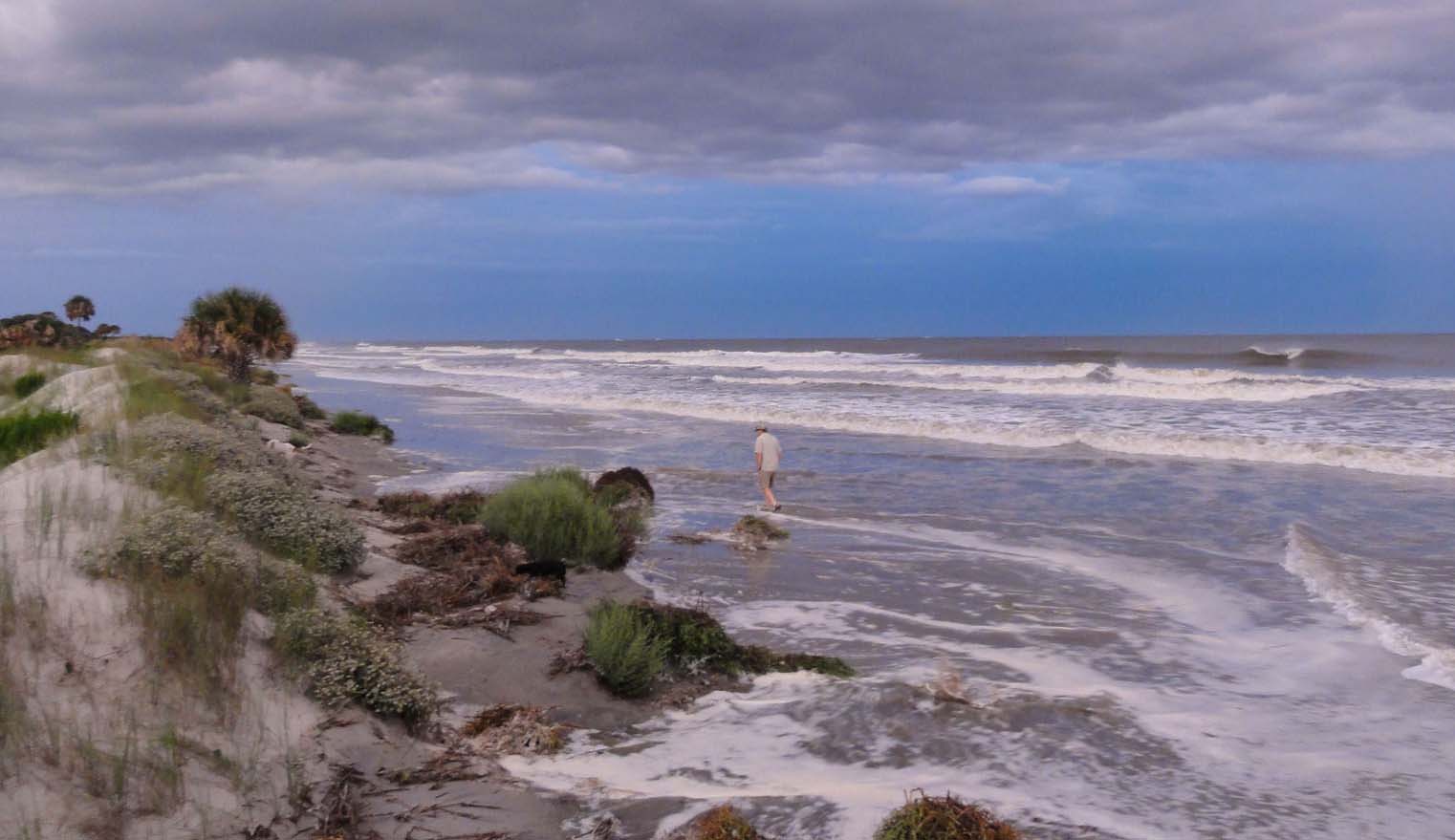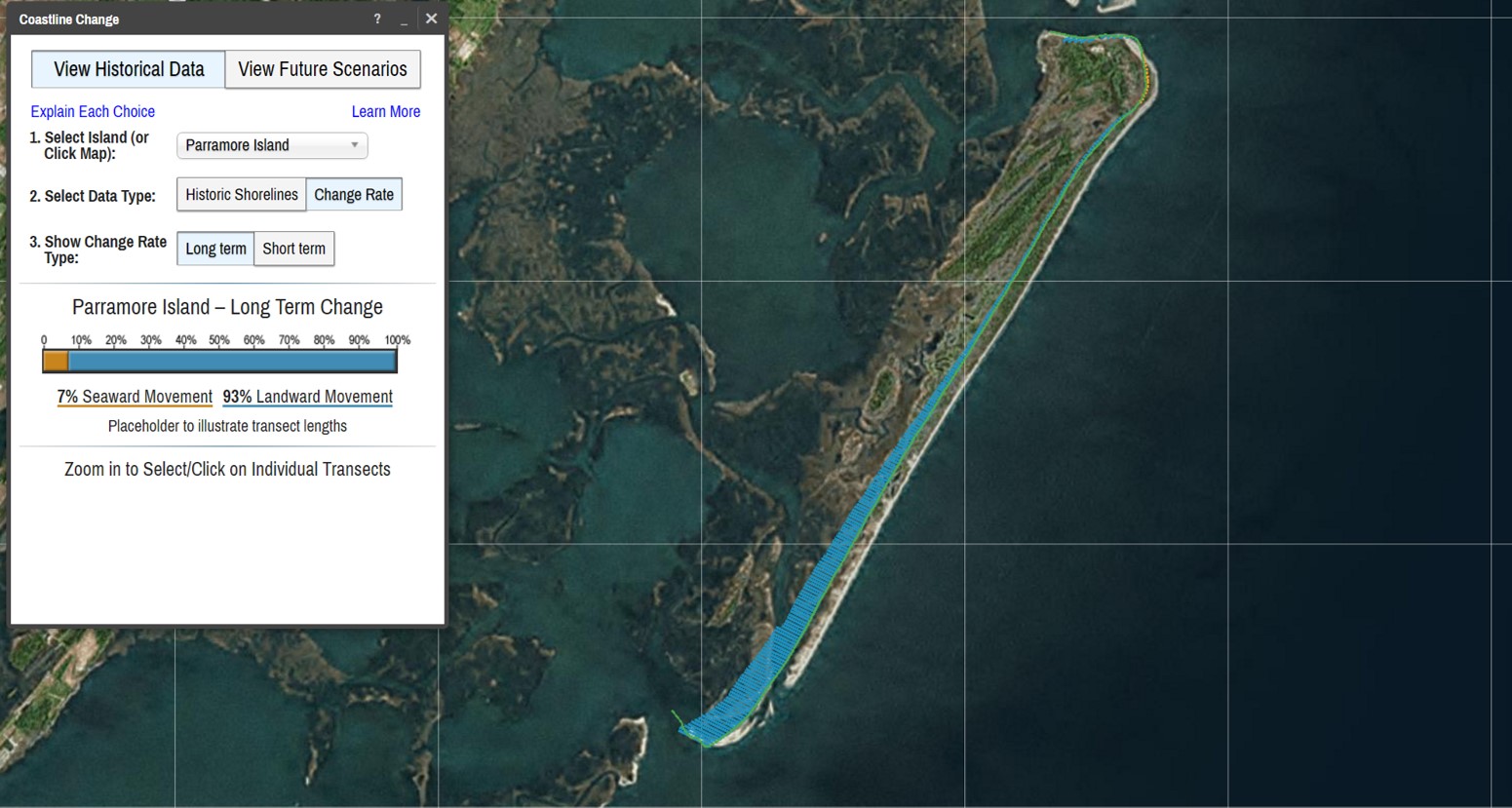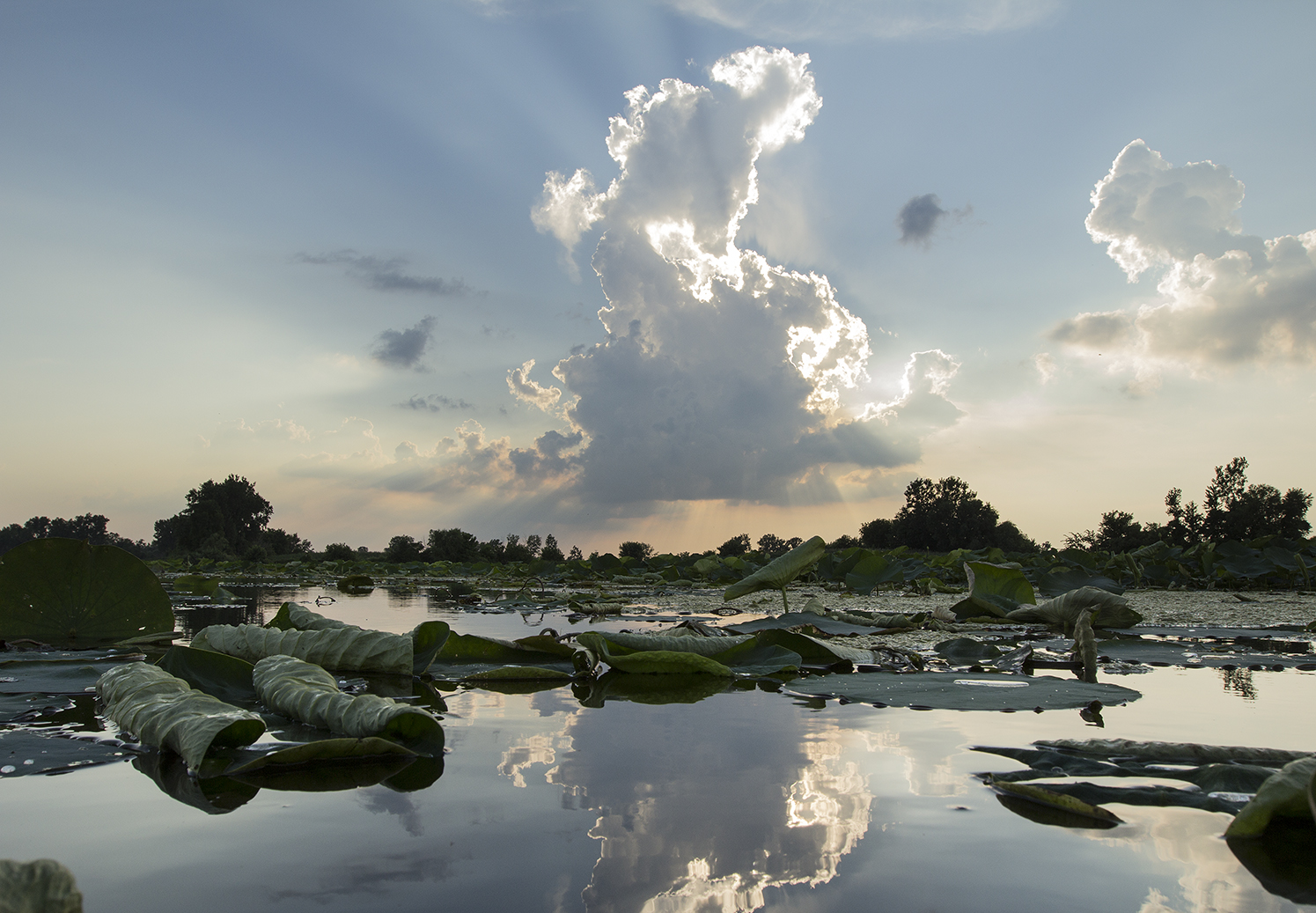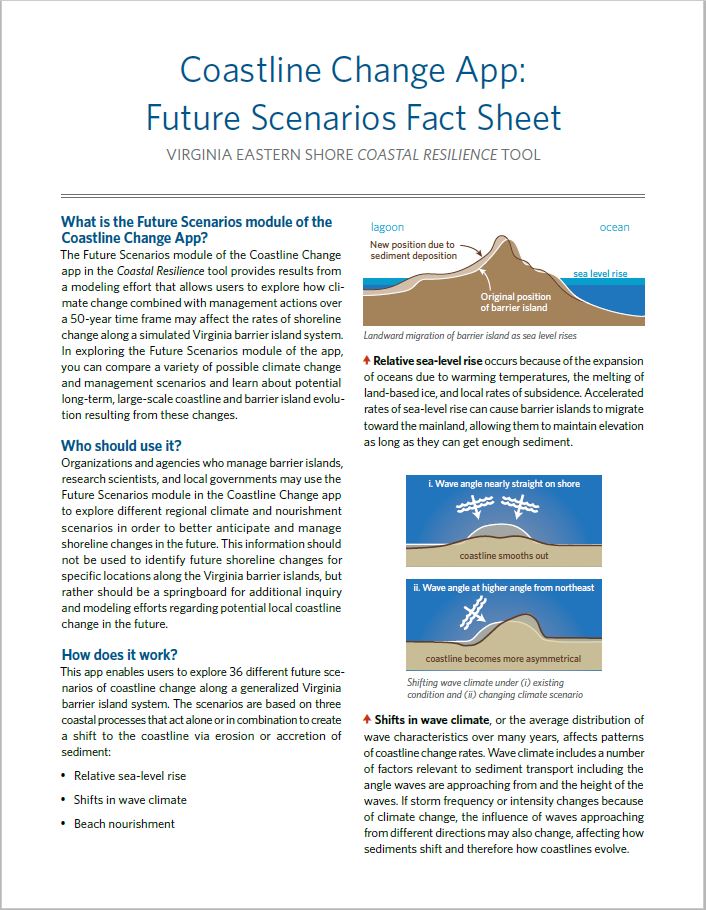
by Coastal Resilience | Jan 13, 2017
In Georgia, local, state, federal government agencies, non-profit organizations, and private citizens are assessing where people and infrastructure within coastal communities are vulnerable to coastal hazards and sea level rise and applying natural solutions such as land protection, shoreline and wetland restoration and flood risk decision support tools.

by Coastal Resilience | Jan 5, 2017
The Coastline Change: Historical Data app serves to educate stakeholders about the dynamic nature of wild barrier islands over time
This app is being used in Virginia.
Read More.
by Coastal Resilience | Dec 21, 2016
The North Carolina Coastal Federation collaborates with multiple stakeholders and partners to promote oyster restoration, education, science, mariculture and sustainable harvest efforts in the state. They are the state’s only 501(c)(3) nonprofit organization that focuses exclusively on protecting and restoring the coast of North Carolina through education, advocacy and habitat preservation and restoration. With their partners, they aim to have the N.C. coast regarded as the “Napa Valley” of oysters. They showcase restoration tools being used across N.C., and Coastal Resilience’s Restoration Explorer is showcased on the website as a tool that aids planners in identifying oyster reef restoration options for shoreline erosion prevention and water quality improvements.
View Website

by Coastal Resilience | Dec 21, 2016
Western Lake Erie (WLE) is the most biologically productive area in all of the Great Lakes, supports commercially valuable fisheries, provides drinking water for 11 million people, and supplies an abundance of recreational benefits. However, WLE is at risk from impacts brought on by a changing climate. TNC and partners in the area are working together to model and forecast not only areas that are most valuable to restore and preserve, but also areas that will be the most vulnerable to flooding with increasingly erratic lake levels.

by Coastal Resilience | Dec 15, 2016
Read the Coastline Change app- Future Scenarios fact sheet to learn the details about what the app is, who should use it, and how it works.
Download




